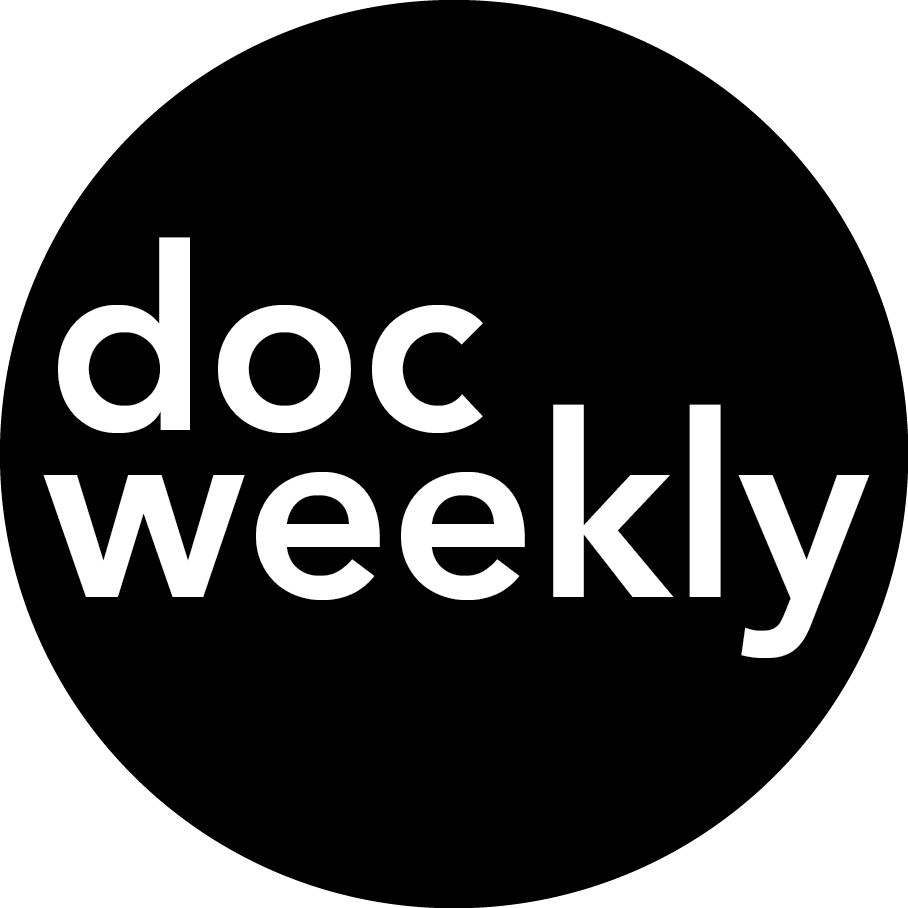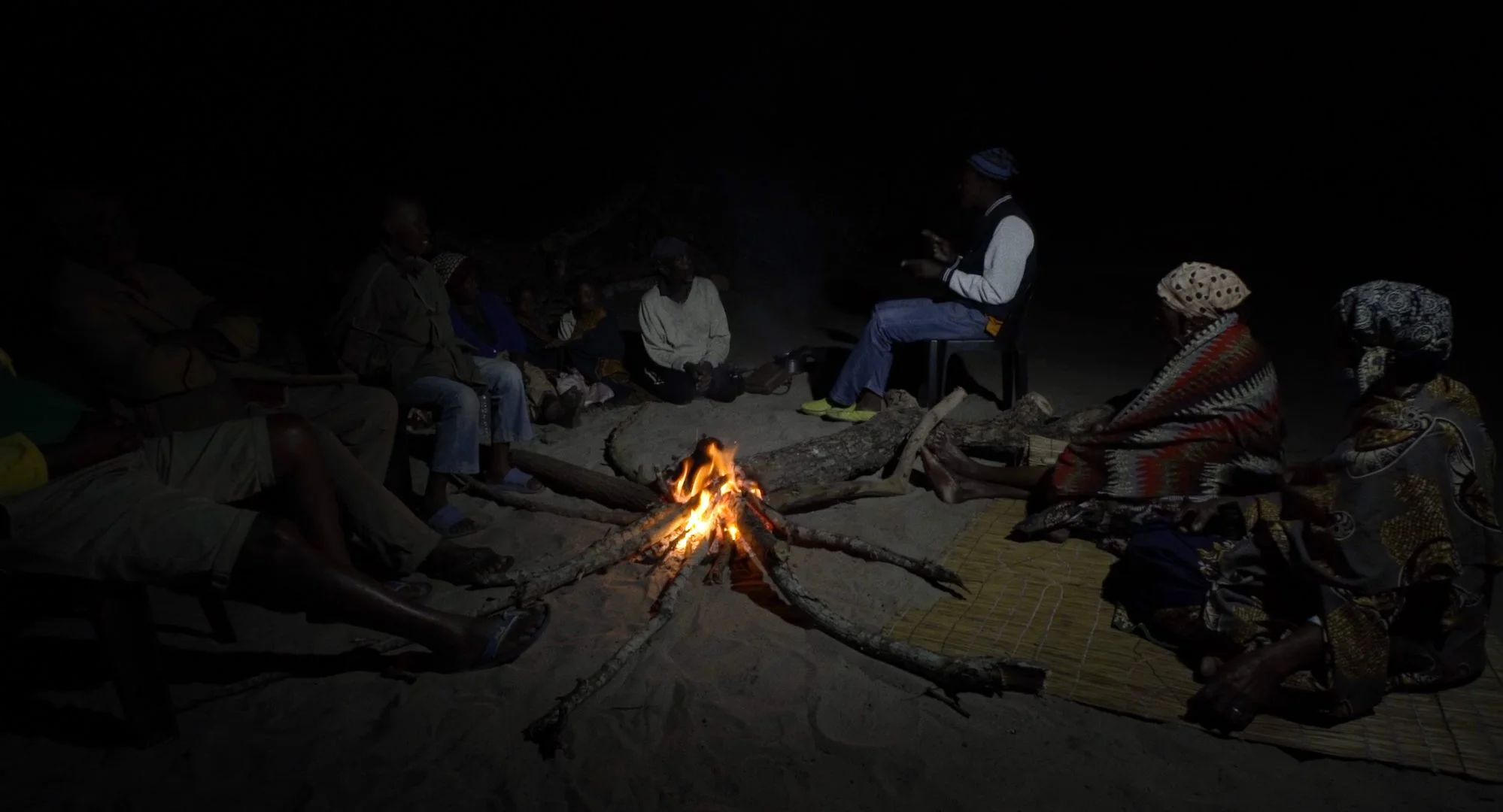Travelling Home: An Intimate Portrait of the Travelling Community Five Years in the Making
Ahead of the short film selection Honouring Traditions at the BFI London Film Festival on Thursday 17th October, Doc Weekly spoke to director Juliet Klottrup about her film Travelling Home.
Juliet Klottrup is an award-winning visual artist based in the Northwest of England. Her work explores the connection between people and place through photography, cyanotypes, filmmaking and painting.
For five years, Klottrup has documented the travellers that pass by her road as they make their annual pilgrimage to Appleby Fair. Fascinated by the connection of the community to her local landscape, Klottrup began to meet with families, immersed herself in their day-to-day, and started taking photos to capture the essence of the travelling culture. Her latest short film, Travelling Home, is the latest instalment in this social documentation.
Multidisciplinary artist Juliet Klottrup
Joe Cannon Sr, retired farrier and one of Klottrup’s many subjects, is the protagonist of Travelling Home. The film follows Joe as he makes his way with his horses to Appleby. Dating back to 1685, the Fair is a key event in the travelling calendar and a celebration of the community’s culture and tradition. On his journey, Joe reflects on his heritage in the changing world, its connection to the land, and the marginalisation travellers still face.
Klottrup seeks to dispel the misconceptions and negative media portrayal the travelling community continues to face and preserve the collective strength of their heritage by recording its contemporary legacy in the landscape around her.
Travelling Home was created with support from Stitch Editing and Homespun Yarn’s competition, and was selected for four BAFTA qualifying festivals: the BFI London Film Festival, Bolton International Film Festival, Aesthetica Film Festival, and
Women X Film Festival. The next screening will be at Aesthetica in November 2024.
MD : What is your connection with the Travelling community and why do you think it’s important to explore its identity and heritage?
JK : Each summer, travellers pass my road, which connects Yorkshire to Cumbria, making their way to Appleby Horse Fair. I’ve been documenting these journeys for a number of years. It feels both local and personal to keep capturing this community, travelling to a historical home. Recording a contemporary archive of this feels important to preserve their heritage and identity. The overwhelmingly negative misrepresentation of the travelling and Gypsy communities in the media is worlds away from what I see each year: family, ceremony, and tradition.
MD : The film is a culmination of a series of photographic documentation beginning in 2019 exploring a variety of aspects of Travelling culture. How did your documentation begin and has it been a collaborative process?
JK : I set off on walks locally, meeting families making their way to the fair on rural roads. This is how I met Joe out on the Yorkshire Moors a few years ago with his horses and wagon.
It all begins with conversation, and when I'm walking around with my bulky medium format camera, people sometimes approach me, or parents ask for group pictures. Other times, I introduce myself and explain my work. The best portraits are collaborative, where we decide together what they want me to capture and where. I treat each portrait as if photographing my own family, knowing how meaningful these images become over time.
MD : How did Joe become the focus of the film amidst all the other subjects that you’ve photographed?
JK : I wanted to create an intimate portrayal that would resonate with so many stories shared by others who hold the same connection to their traditions. Joe is very philosophical, and through many long conversations, I came to realise how his voice embodies a deep passion for his heritage and culture. His way of life—journeying with his horses across the landscape, despite the ever-changing world around him—felt more important than ever to capture in a film portrait.
MD : Joe says that horses are what made this country. His own - Billy, Lady Gaga and Sundance - are featured in the film; what is the importance of horses to the Travelling community?
Horses are an integral part of their heritage with traditions of keeping, breeding, selling horses, and participating in horse fairs. Through history horses played a vital role in pulling bow-top wagons, supporting the nomadic freedom to travel and trade. Joe has been a farrier all his life, a trade passed down through generations.
JK : The film is shot in both 8mm and 16mm. Why did you choose to shoot the film in this format?
Over several years, I shot 8mm film while working solo, often bringing my 8mm camera along when capturing stills. For the 16mm film, I collaborated with cinematographer Sam Finney. We had every season of weather during the shoot. By blending 8mm and 16mm through the film with my editor Luke Anderson, we could weave together memory, the past, present, and future. In my stills photography, I use medium format film, so I wanted the same rich, archival timelessness for moving image. The film was provided by Kodak and scanned with Digital Orchard, and all of this was made possible by the Yarns short film competition in which I was a finalist, a programme created by Stitch Editing.
MD : The intertwining relationship of people and the landscape is a theme throughout your work - this can be seen in Joe in Travelling Home and also in your earlier films Youth of the Rural North and Moss of Many Layers. Why is this a theme that resonates with you?
JD : I’m inspired by my location where expansive landscapes are familiar and resonate with my personal history. I find It really interesting when culture is influenced by landscape. Often stories of rural life can be under-represented or unfamiliar but I feel a great connection to those who navigate living with nature and the challenges it brings, not against it. The non human world has a voice too and with my work I try to connect that to a human voice.
MD : The relationship with the landscape has been explored in your work via paintings, cyanotypes, photography and film. How do these different formats allow you to explore the relationship with nature?
JK : I feel like where one medium stops another one starts.
My lens based work feels like an observational recording or archiving and within my painting or printed work it's more abstract and a playful place to blur expression.
For more information on Juliet’s work you can visit her site, here.















